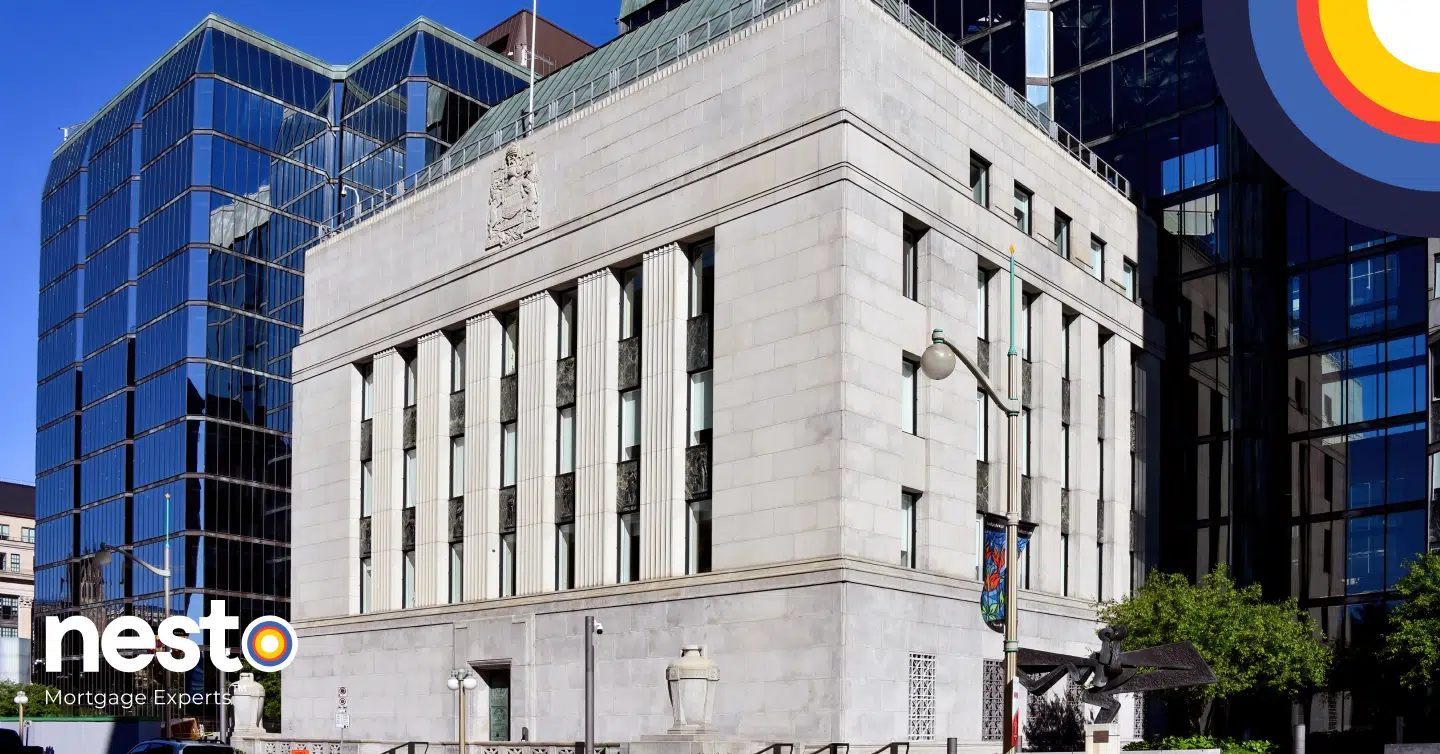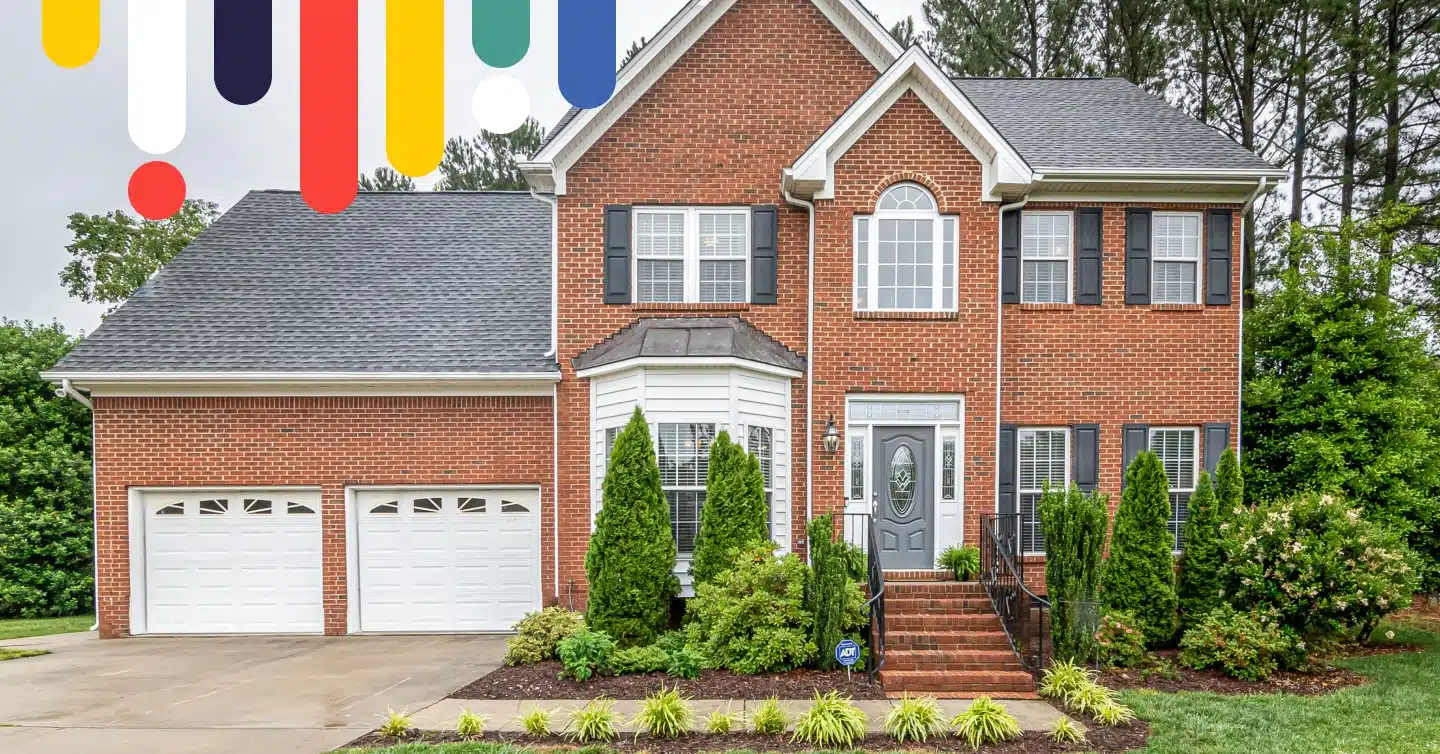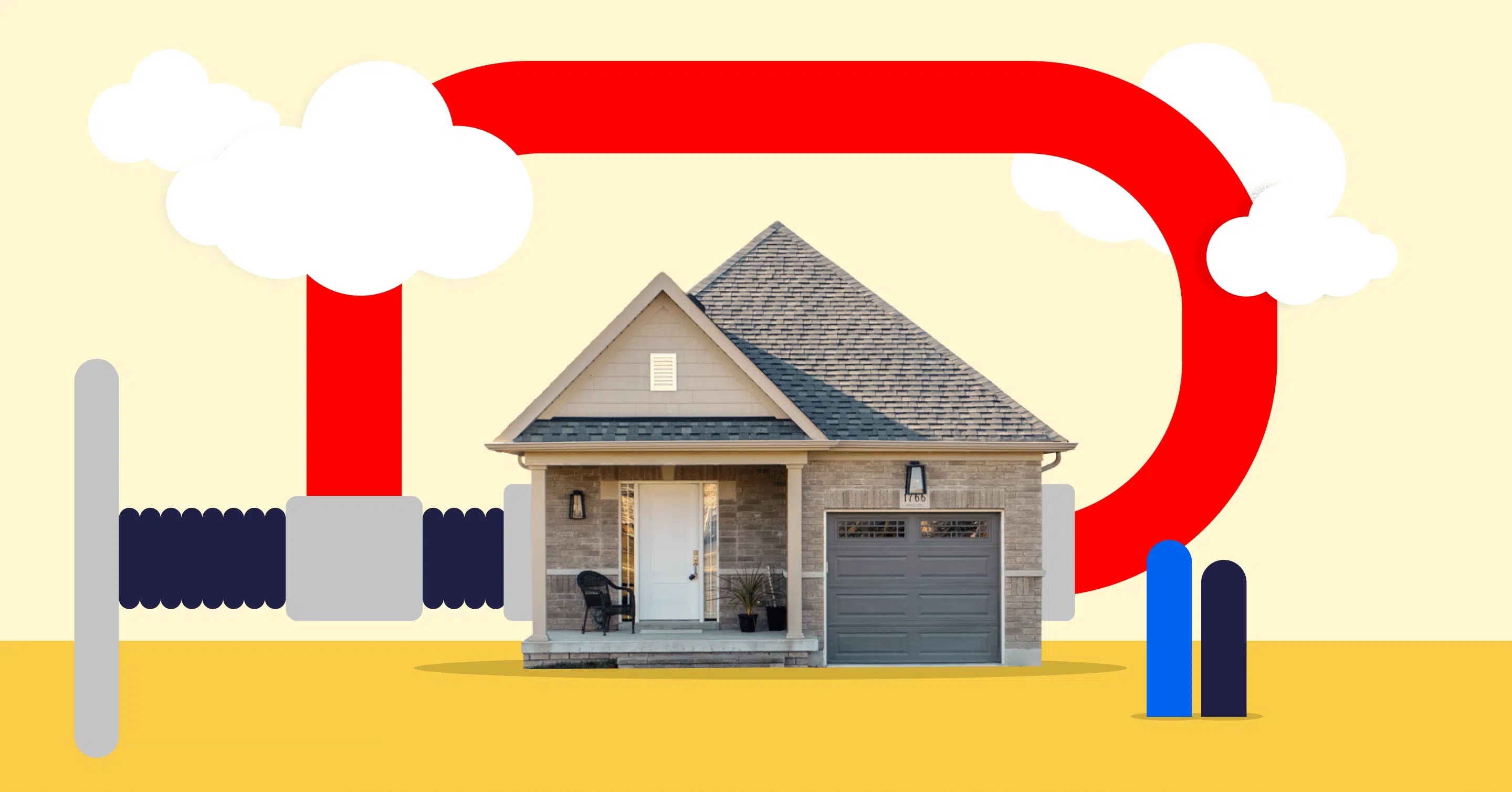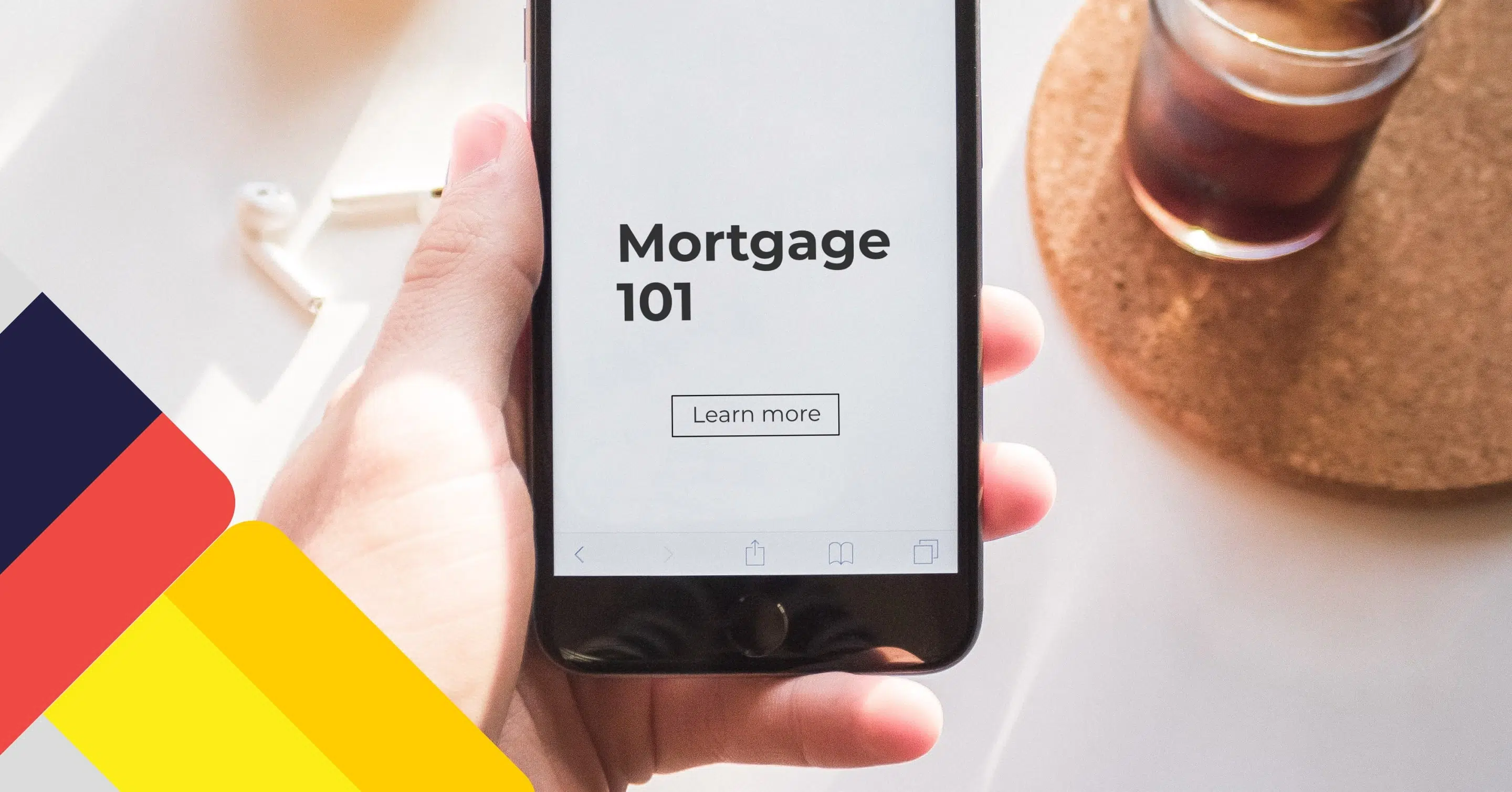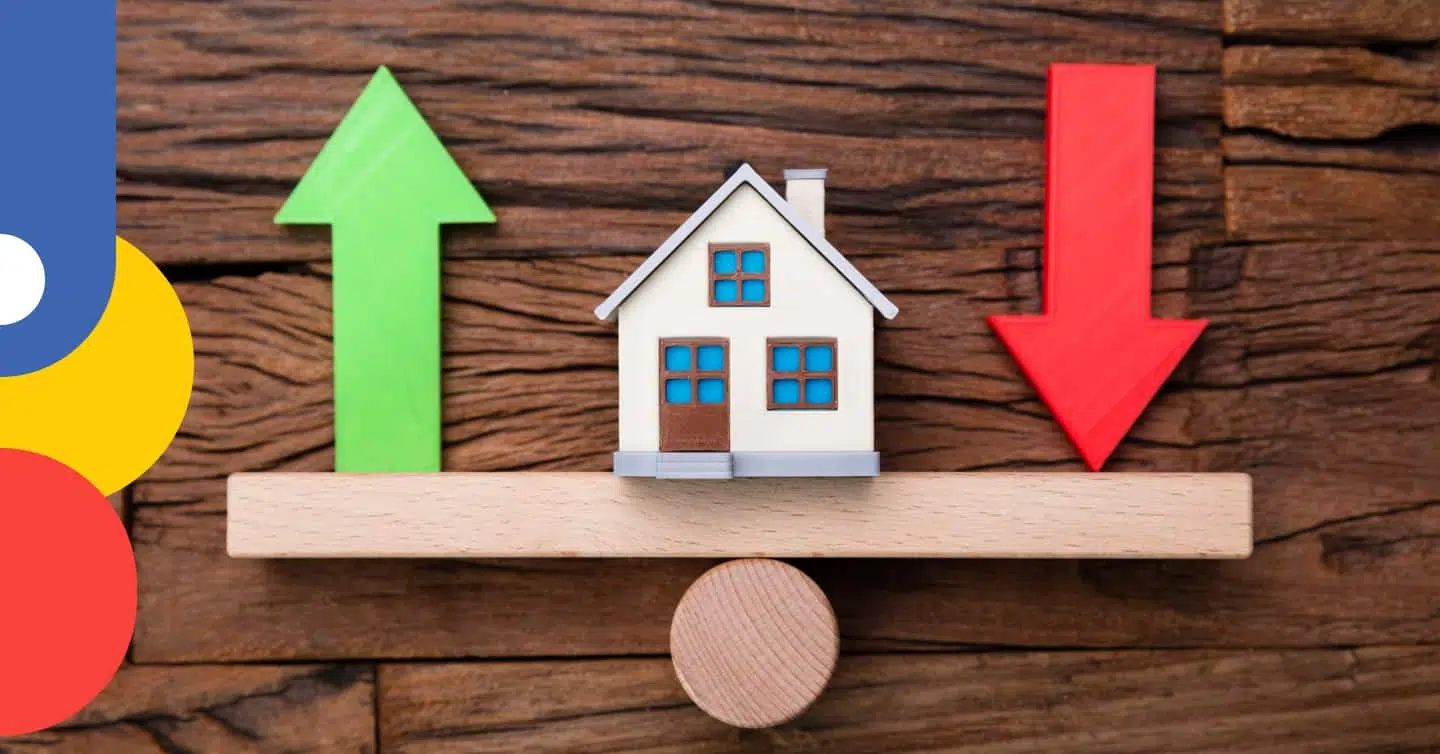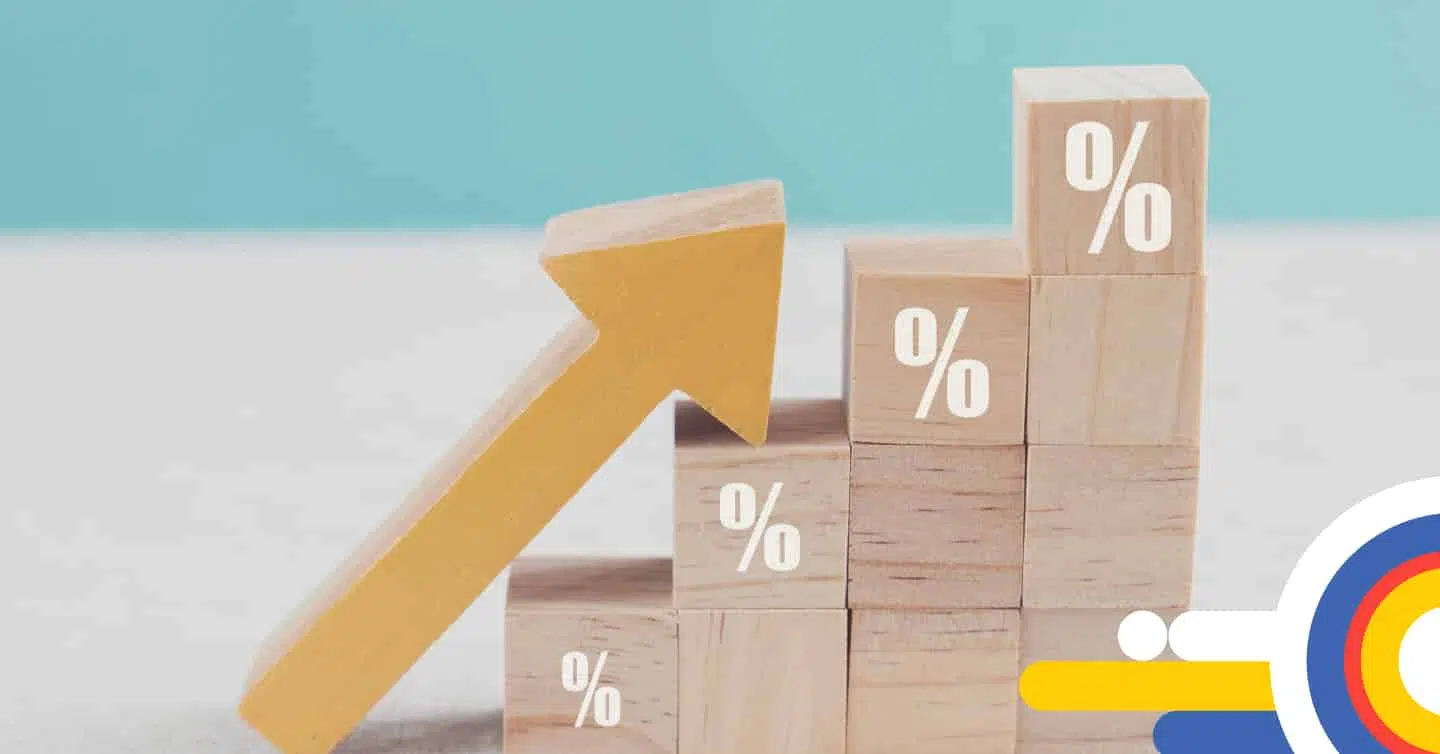Home Buying #Featured articles
Home Buying #Featured articles
What Is a First Home Savings Account (FHSA)?
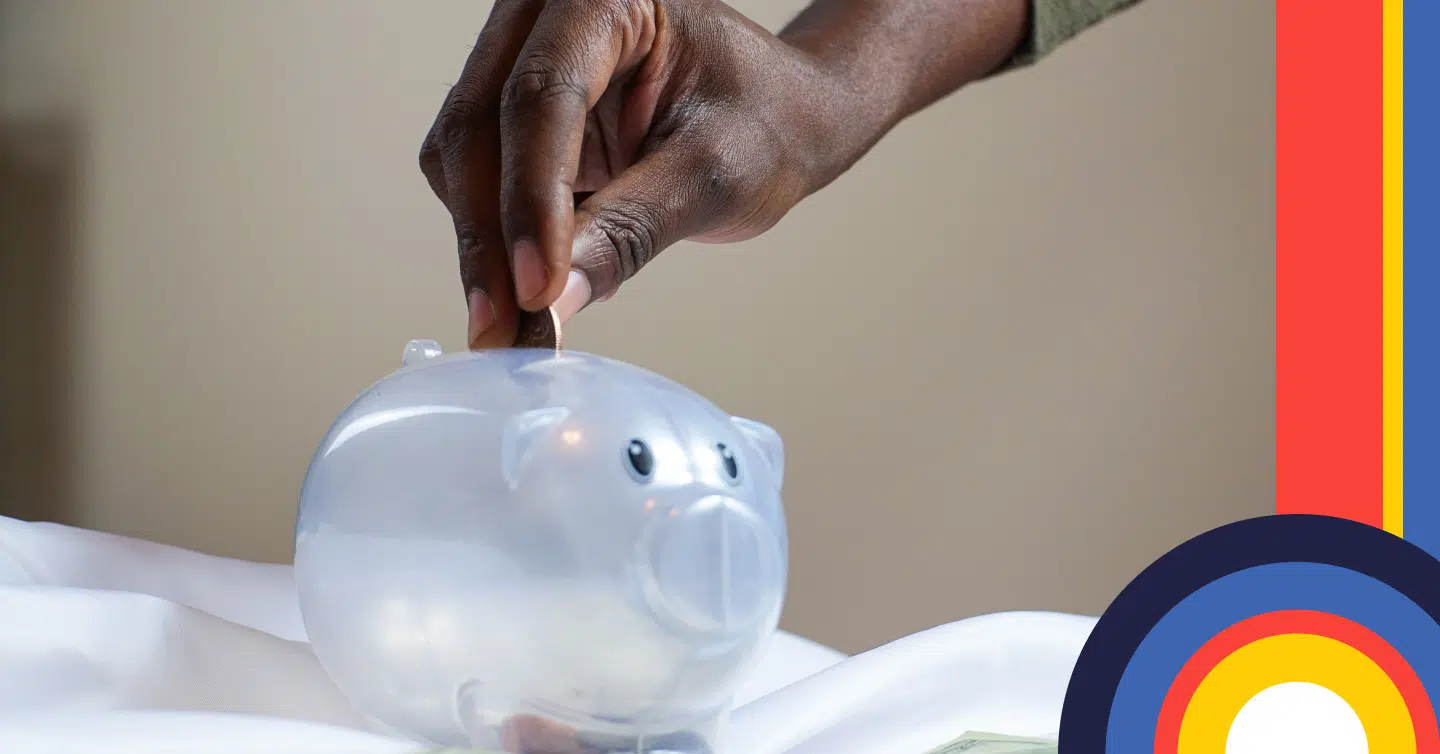
Table of contents
Many Canadians feel that buying their first home is out of reach, especially with rising housing costs and high interest rates. The First Home Savings Account (FHSA) was introduced as a registered plan to support first-time buyers, providing tax advantages tailored specifically for saving a downpayment for your first home.
With annual and lifetime contribution limits, an FHSA provides the income tax advantages of a Registered Retirement Savings Plan (RRSP) and the tax-exempt withdrawal benefits of a Tax-Free Savings Account (TFSA). This article explains the FHSA, its advantages, and how it compares to other savings accounts that can be used to purchase your first home, like an RRSP or TFSA.
Key Takeaways
- Contributions to an FHSA are tax-deductible, lowering your annual income tax.
- Investment in an FHSA grows tax-free and can be withdrawn to buy your first home.
- The FHSA can be used alongside the RRSP Home Buyers’ Plan (HBP) and a TFSA to maximize savings for a home purchase.
What Is a First Home Savings Account (FHSA)?
The FHSA is a registered savings account in Canada designed to help first-time homebuyers save up to $40,000 tax-free toward their first home purchase. Canadian residents aged 18 or older can open a FHSA and make annual contributions of up to $8,000 to a lifetime maximum limit of $40,000. These contributions are tax-deductible, and any capital growth or income earned within the FHSA grows tax-free, helping Canadians save more efficiently for their first home.
Eligibility Requirements for an FHSA
To be eligible to open an FHSA, you must be the age of majority, which is at least 18, though some provinces require that you be 19. You must also be a Canadian resident and meet the definition of a first-time homebuyer. You or your spouse must not have lived in a home that either of you owned solely or jointly in the previous 4 calendar years.
Contribution and Withdrawal Limits
Contribution Rules
- Annual Limit: Canadians can contribute up to $8,000 per year.
- Lifetime Limit: A maximum of $40,000 in total lifetime contributions is allowed.
- Carry-Forward Option: Any unused contribution room rolls over to the following year. However, the maximum unused participation room that can be carried over to a subsequent year is $8,000.
Withdrawal Rules
To withdraw funds tax-free, the FHSA must be used for a qualifying first home purchase. Withdrawals that are not a qualifying withdrawal, designated amount, or amount otherwise included in your income will be treated as taxable and must be included with your income for tax purposes.
If the account isn’t used for a home purchase within 15 years from its opening date or before you turn 71, the funds can be transferred without immediate tax consequences. You can transfer your FHSA to an RRSP or RRIF without impacting your RRSP contribution room.
Find a better rate, and we’ll match it, beat it, or give you $500*.
*Conditions Apply
With nesto, it’s stress-free
Tax Benefits of an FHSA
The FHSA combines the tax advantages of both an RRSP and a TFSA.
- Tax-Deductible Contributions: Contributions to your FHSA reduce your taxable income, similar to RRSPs, which can result in a lower tax bill or a higher tax refund.
- Tax-Free Withdrawals: If you use the funds to buy a first home, you can withdraw the entire balance, including investment gains, tax-free.
FHSA vs. RRSP Home Buyers’ Plan (HBP) vs. Tax-Free Savings Account (TFSA)
Unlike the RRSP Home Buyers’ Plan, the FHSA allows tax-deductible contributions and tax-free growth without requiring repayment. FHSAs can be combined with RRSPs and TFSAs to maximize tax advantages and savings for a first home.
| Feature | FHSA | RRSP HBP | TFSA |
|---|---|---|---|
| Tax-Deductible Contributions | Yes | Yes | No |
| Tax-Free Withdrawals for Home Purchase | Yes | Yes (if repaid) | Yes |
| Annual Contribution Limit | $8,000 (up to $40,000 lifetime maximum) | 18% of earned income up to the CRA limit ($31,560 for 2024) | $7,000 (2024) |
| Carry Forward Contribution Room | Yes, up to $8,000 | Indefinitely (up to the current year’s maximum contribution limit of $31,560 for 2024) | Indefinitely (up to $95,000 maximum in 2024 if you’ve never contributed and were 18 or older when the TFSA was introduced in 2009) |
| Required Repayment | No | Yes, within 15 years | No |
| Purpose Restriction | First home only | First home only | None |
What Happens If You Don’t Buy a Home?
If you decide not to buy a qualifying home, you have two main options:
- Transfer Funds to RRSP or RRIF: Transfer the remaining FHSA balance to an RRSP or RRIF without affecting your contribution room, making the funds tax-deferred.
- Withdraw Funds as Taxable Income: If you withdraw funds without transferring to an RRSP or RRIF, the amount withdrawn will be added to your income and taxed in the year of withdrawal.
Frequently Asked Questions
Can I contribute to both a FHSA and a TFSA?
Yes, you can contribute to both the FHSA and TFSA at the same time. These accounts serve different purposes but work well together to maximize your tax savings. The FHSA is specifically designed for first-time homebuyers and offers tax-deductible contributions and tax-free withdrawals if used for a qualifying home purchase.
A TFSA is a flexible savings account that allows tax-free growth and withdrawals for any purpose, including emergencies or other long-term goals. Using both accounts can provide tax benefits while giving you flexibility in your savings approach.
How do I open an FHSA, and which financial institutions offer it?
You can open an FHSA at Canadian banks, credit unions, and financial institutions offering registered savings accounts like RRSPs and TFSAs. To open an FHSA, you must meet age and eligibility requirements. Contact your preferred institution to learn more about the specific steps, as each institution may have slightly different procedures or investment options available within the FHSA.
Can I use the FHSA and HBP to buy a first home?
Canadians can use the FHSA and the RRSP Home Buyers’ Plan (HBP) to increase their downpayment for a first home purchase. The FHSA allows you to save up to $40,000 with tax-free withdrawals.
The HBP enables you to withdraw up to $60,000 (or $120,000 per couple) from your RRSP to buy a first home, tax-free, with a 15-year repayment requirement. Using both accounts allows you to combine funds to help cover your downpayment.
What types of investments can I hold in an FHSA?
An FHSA can hold a wide range of investments similar to those allowed in TFSAs and RRSPs. Options include cash, mutual funds, bonds, stocks, exchange-traded funds (ETFs), Guaranteed Investment Certificates (GICs), and more.
The ability to choose from various investments means that you can tailor your FHSA to your risk tolerance and investment goals. Speak with a financial advisor to determine the best investment mix for your FHSA based on your timeline and home-buying goals.
What qualifies as a ‘first home’ for the FHSA?
A qualifying home for the FHSA includes most primary residences in Canada, such as single-family, semi-detached, townhouses, mobile homes, condominium units, duplexes, triplexes, fourplexes or apartment buildings. Additionally, shares in a cooperative housing corporation that entitles you to own and give you an equity interest in a housing unit are also applicable.
The key requirement is that the home must be intended as your primary residence. Secondary properties, rental properties, vacation homes, or shares that only provide you with a right to tenancy in the housing unit do not qualify.
What happens if I exceed my FHSA contribution limit?
Exceeding your FHSA contribution limit results in a monthly penalty tax of 1% on the excess amount. This penalty will continue to apply until the excess amount is withdrawn or until new contribution room becomes available. Keep track of your contributions to avoid penalties and ensure you’re within the annual ($8,000) and lifetime ($40,000) limits.
What happens if I don’t buy a first home with my FHSA?
You have two main options if you decide not to buy a home. You can transfer the funds to an RRSP or RRIF without impacting the contribution limits of these accounts. This allows you to continue growing the funds tax-free while deferring taxes. You can also withdraw the funds, which will be added to your taxable income for the year and taxed at your marginal tax rate.
Are FHSA contributions tax-deductible, and how do they affect my tax return?
Yes, contributions to an FHSA are tax-deductible, which means you can reduce your taxable income in the year of contribution, similar to RRSP contributions. This can lead to a larger tax refund or lower tax owing.
However, it’s important to note that if you transfer funds from an FHSA to an RRSP, you won’t be able to claim a second deduction on the transfer. Consult with a tax professional to see how FHSA contributions may impact your tax situation.
How does the FHSA compare to an RRSP or TFSA for saving?
The FHSA combines elements of both the RRSP and TFSA, providing tax-deductible contributions (like an RRSP) and tax-free withdrawals for qualified home purchases (like a TFSA). Unlike the RRSP HBP, FHSA withdrawals for a first home purchase don’t require repayment. However, the FHSA is limited to $40,000 in total contributions and must be used for a first home, while the TFSA offers more flexibility in use and is not restricted to only first home purchases.
How long can I keep an FHSA open if I haven’t bought a home yet?
You can keep an FHSA open for up to 15 years from the date the account was opened or until the end of the year you turn 71, whichever comes first. If you haven’t bought a home by this time, you’ll need to transfer the funds to an RRSP or RRIF or withdraw the funds as taxable income.
What happens if I pass away with an FHSA?
If you pass away with an FHSA, the account is generally transferred to your estate or beneficiaries. The possible tax consequences depend on the type of beneficiary and whether there was an excess amount in the FHSA at the time of death.
Can non-residents contribute to an FHSA?
No, non-residents of Canada are not permitted to contribute to an FHSA. If you become a non-resident after opening an FHSA, you cannot make new contributions, but your existing funds can remain in the account and continue to grow tax-free. However, any future withdrawals will be subject to Canadian tax regulations.
Final Thoughts
The First Home Savings Account (FHSA) offers an additional way for Canadians to save for a first home. Combining tax-deductible contributions and tax-free growth, the FHSA provides flexible savings options for first-time homebuyers (FTHB) while helping reduce taxable income. If the account is not used for a home purchase, the ability to transfer funds into an RRSP or RRIF makes it a valuable savings option for short and long-term planning.
For first-time buyers, combining the FHSA with an RRSP and TFSA can help you reach your financial goal of homeownership sooner. Connect with our mortgage experts at nesto for personalized guidance on taking advantage of your FHSA to make your first home purchase a reality.
Ready to get started?
In just a few clicks, you can see our current rates. Then apply for your mortgage online in minutes!


